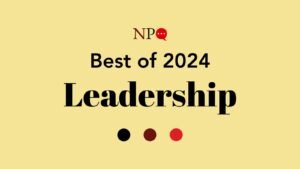May 6, 2010; Source: Nashua Telegraph | As a CFO, she must have been very good at her job. While holding that post at the Fruitlands Museum in Harvard, Mass., Peggy Kempton managed to steal some $1.3 million over six years. According to the Nashua Telegraph, Kempton pleaded guilty this week to creating “credit card accounts for herself, family members, and museum employees and charged items for her personal use, paying the balances with money from the museum.”
The money paid for college tuition for her children and clothes for herself. To keep her theft hidden, Kempton manipulated the museum’s books to make it look like the expenses were legitimate. Kempton could be sentenced to a long stay in the state prison for admitting to 17 counts of larceny and credit card fraud, and one for making false corporate entries. However, Assistant Attorney General Brendan O’Shea has recommended that she serve three to five years, followed by ten years of probation and that she also make full restitution.
Sign up for our free newsletters
Subscribe to NPQ's newsletters to have our top stories delivered directly to your inbox.
By signing up, you agree to our privacy policy and terms of use, and to receive messages from NPQ and our partners.
A separate civil case brought by the museum in 2008 for misappropriating the organization’s money is pending in Worcester Superior Court. According to an earlier account in the Boston Globe, after the museum brought the suit against Kempton, it announced that it was taking steps to institute tighter financial controls. At the time, Robert Anderson, president of the Fruitlands board of trustees, said—and what has to be a true understatement: “This whole process clarified a number of things for us. I feel we have a far better understanding of our finances, and we’re safer than we were before.” That begs the bigger question, though, what took so long? Nonprofits would do well to look for the red flags associated with those who perpetrate fraud in nonprofits (see How to Steal from a Nonprofit: Who Does It and How to Prevent It; subscription required) because they can be confounding.—Bruce Trachtenberg












